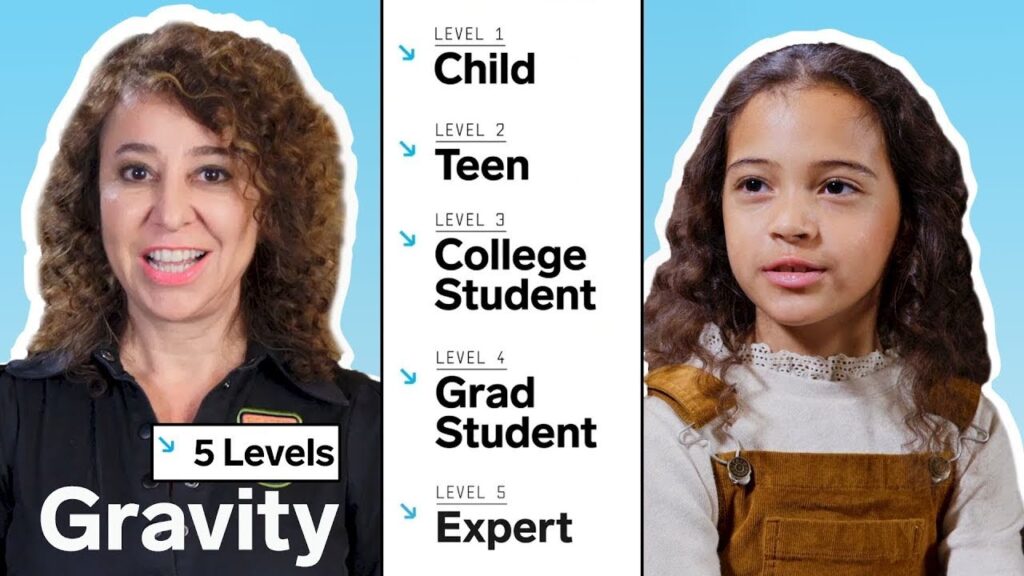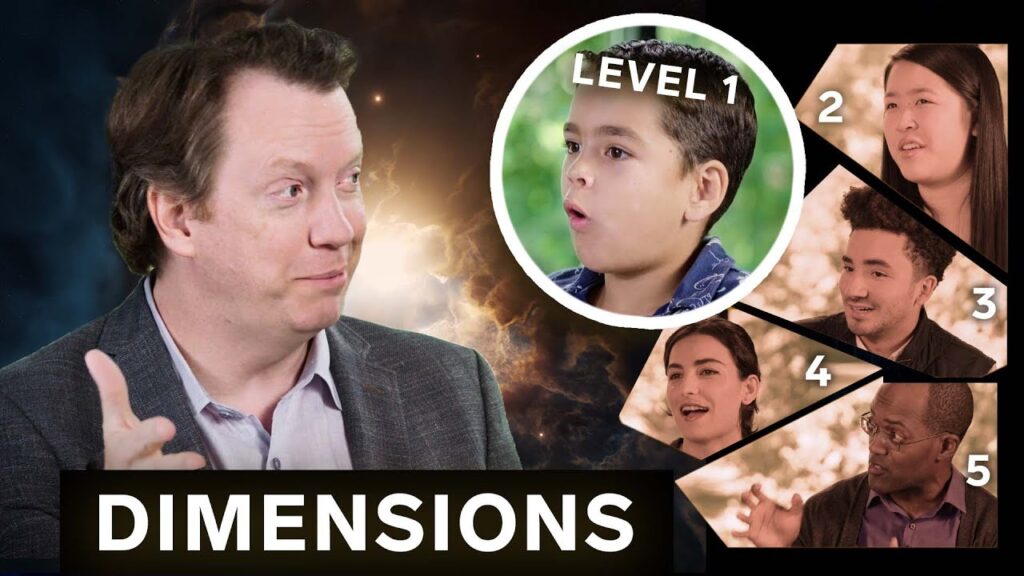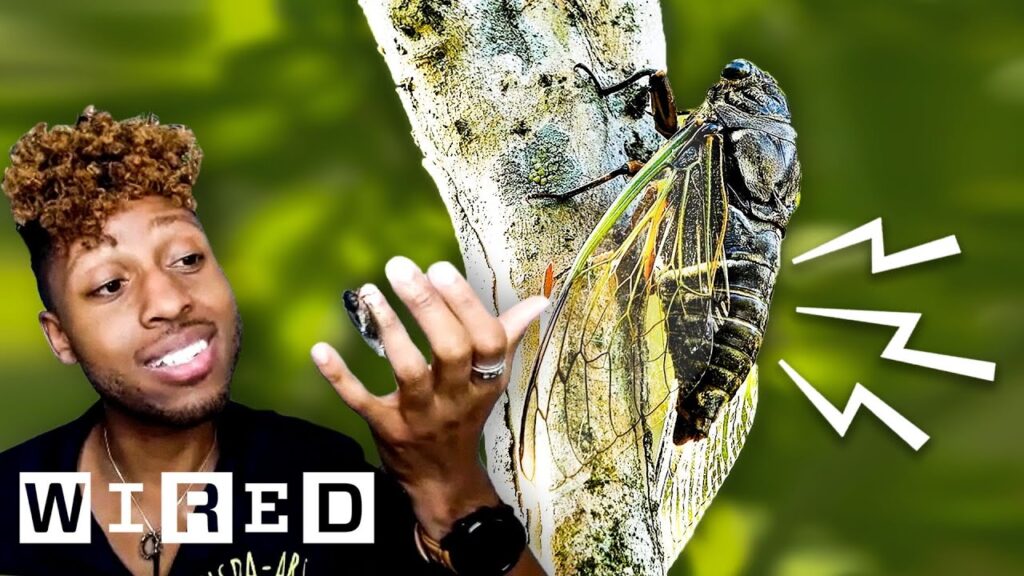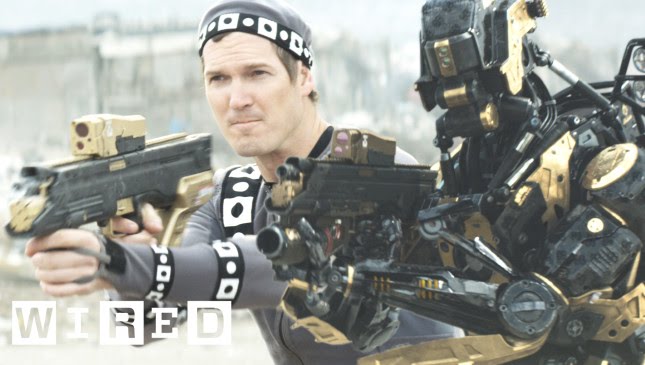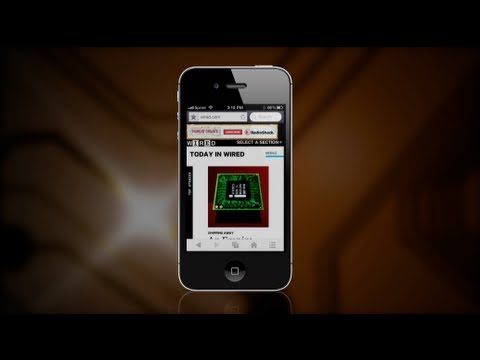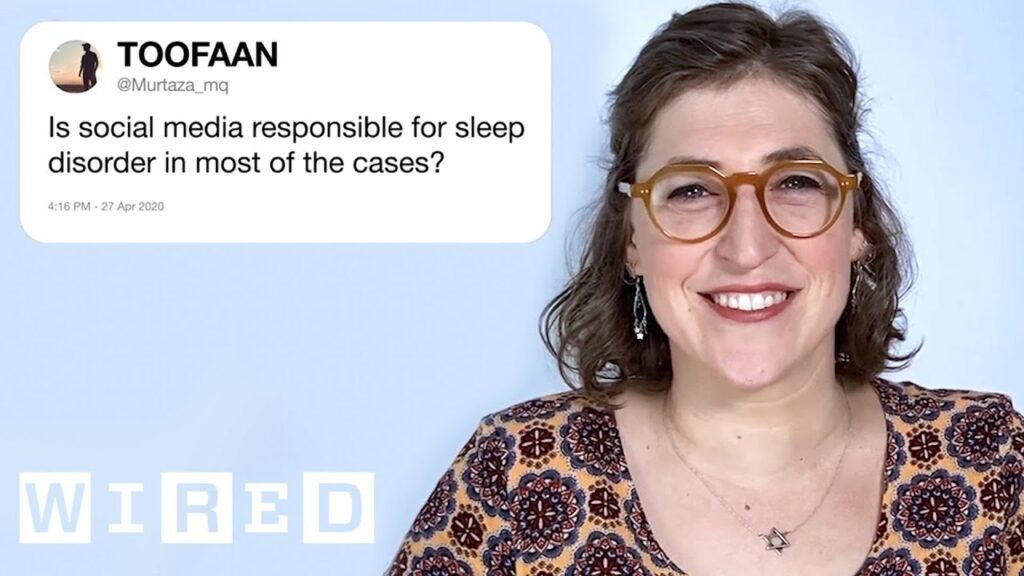The Making of Maleficent: Behind the Scenes of Digital Character Creation
Summary
In this article, we explore the process of creating digital characters for the Disney film, Maleficent. The film features a world of visual effects, including detailed shots of fully digital characters, which are challenging to create. The article focuses on the creation of the flower pixies, which required a complex process of motion capture, light scanning, and individual testing to ensure a realistic and believable result.
Table of Contents
- The Challenges of Creating Digital Characters
- The Creation of the Flower Pixies
- The Advantage of Side-by-Side Animation
- Conclusion
The Challenges of Creating Digital Characters
Creating digital characters, especially their faces, is a challenging task. In Maleficent, the three main flower pixies presented a particular challenge as they needed to appear both as their normal size and as smaller, cuter versions. The director turned to digital experts at Digital Domain to tackle this challenge. The traditional approach of filming actors’ faces on a motion capture stage and re-targeting those movements to the digital puppet of the smaller pixie was not sufficient. The smaller pixie had different proportions, less wrinkles, and bigger eyes, making the direct re-targeting process extremely difficult to manage.
The Creation of the Flower Pixies
Digital Domain took a longer and more complex path to create the flower pixies. They broke down each stage separately to test them individually. They coupled motion capture data with light scanning, which involved hundreds of computer-controlled LED lights that created an accurate model of the actress. This approach allowed the team to view the real actress under any lighting configuration, giving them a realistic and accurate model of the actress.
The team then created a completely digital version of the actress, textured and lit to look exactly like her. This digital version was tested in various settings, including in the production office’s boardroom. Only after producing a perfect copy did the team animate this digital clone of the actress with every single line of her dialogue from the film. This high-end animation and final rendering would never be seen by anyone outside of the production. Finally, once the digital actress performed and looked exactly like herself, the team discarded all of this footage and retargeted the smaller pixie version.
The Advantage of Side-by-Side Animation
The advantage of this approach was that it allowed the team to examine everything stage by stage, as if it was a final shot. This approach helped them to hunt down anything that didn’t look right, such as the eyes or how blood flowed around the actress’s face as she talked. This side-by-side animation process may seem expensive and time-consuming, but it is necessary to produce a believable human face.
Conclusion
Creating digital characters for films is a challenging process, especially when it comes to creating realistic and believable faces. The creation of the flower pixies in Maleficent required a complex process of motion capture, light scanning, and individual testing to ensure a realistic and accurate result. This side-by-side animation process allowed the team to examine everything stage by stage and produce a believable human face.
